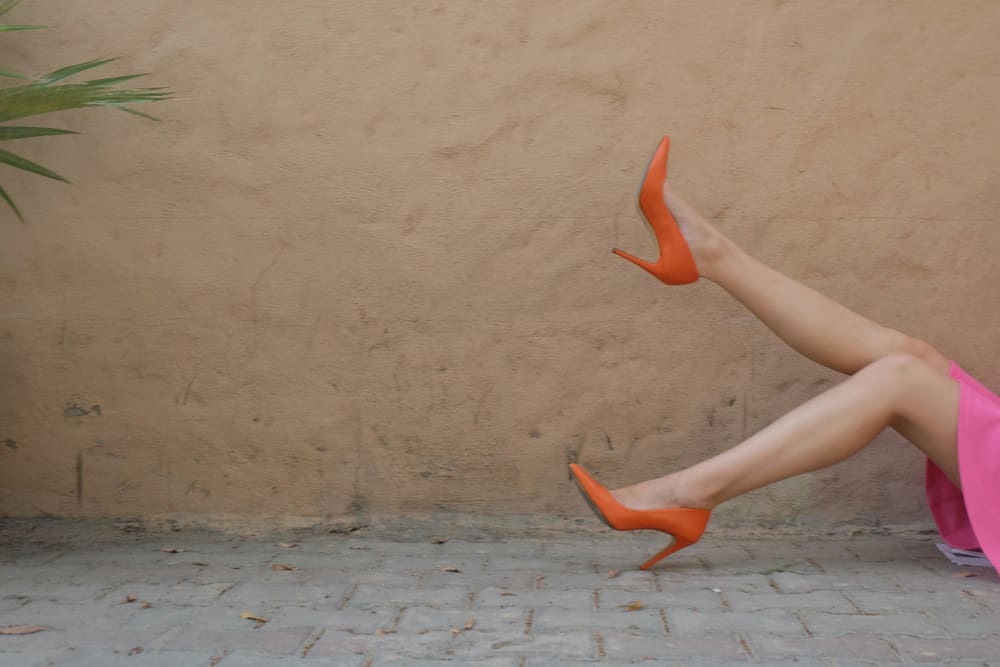These cooler temperatures setting in may mean you are no longer wearing shorts and skirts, and that you don’t have to see your veins every day, but don’t ignore them! If you have spider veins or varicose veins, the fall and winter seasons can be the perfect time to get treatment.
What are spider and varicose veins?
Venous valves are crucial to the functions of the venous system. Normally, valves in your leg veins keep blood flowing throughout your body. When venous valves are faulty or damaged, vein walls are weakened and not all the blood can flow properly. This causes veins to fill with blood and swell resulting in Chronic Venous Insufficiency.
Venous abnormalities can lead to numerous conditions including spider veins which are veins that usually appear as red or blue webs close to the skin’s surface. While they can change how legs look, spider veins don’t usually cause any physical symptoms. Varicose veins on the other hand, are large bulging veins that can affect how legs look and feel.
Both of these conditions are often a result of underlying venous reflux in the larger veins. Therefore, it is imperative that patients with spider veins and varicose veins both meet with a clinician to rule out underlying reflux which may be the cause of the problem. Some symptoms that should be brought up with a vein doctor are as follows: pain, itching, swelling, heaviness or tiredness in the legs, restless legs, skin discoloration, and open ulcers/wounds.
What are the treatment options?
In most cases, spider and varicose vein treatment can be done on an outpatient basis. Due to the progressive seriousness of chronic venous disease, it is crucial to be correctly diagnosed quickly after symptoms are recognized.
These conditions will not go away on their own and the sooner they are treated, the easier it is to prevent more serious complications. At Taylor Vein Solutions, we offer various cutting-edge techniques and customized treatment plans.
Why should patients seek treatment now?
Here are three reasons why the colder months of fall and winter are a prime time for individuals considering varicose vein treatment to take the next step.
1) There is often less to do.
Even when treating varicose veins through minimally-invasive procedures, patients may heal sooner with more down time. Our patients are ambulant after treatment and often return to work on the same day, however, staying active, walking around, and doing leg stretches after treatment is critical! Less time spent on yard work, work, or school in the winter can provide for more active time for healing.
2) Compression socks are easier to wear.
Vein treatment often requires or suggests the use of compression stockings to maintain a healthy amount of pressure on the legs for healing. This form of therapy can be too warm for patients in the summer and the socks are easier to hide with layers in the winter.
3) Your legs will completely heal before spring.
Treating your veins in the colder seasons will allow your legs to look their best when you return to clothing that shows your legs, like shorts, skirts, or dresses. It may be better to get treatment now so that cosmetic symptoms resolve before your next vacation.



